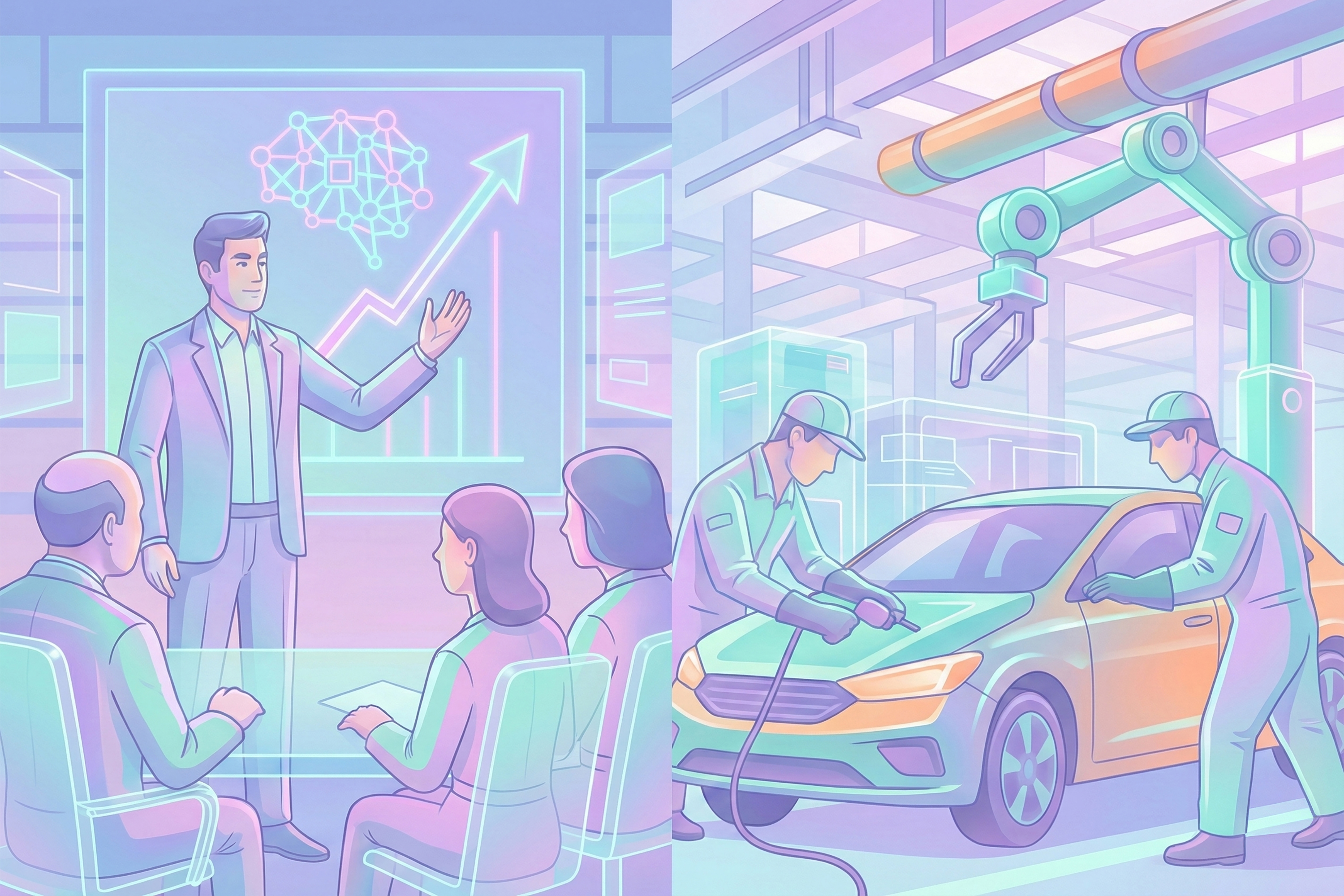
During this year’s World Cup, pundits have found a new topic for debate: the Video Assistant Referee system (VAR), which allows (a team of) referees to use all available camera footage to decide on penalty kicks, red cards or offside situations. It is FIFA’s answer to a longstanding call for technological support for referees in order to reduce the amount of arbitrary errors and make the game fairer. In practice, the system seems to function well: less foul play goes unseen and a record number of penalty kicks has already been awarded. At the same time, it also shows that many of a referee’s decisions are genuinely arbitrary and this may be difficult to accept for both players and fans.
Despite the sport’s generally conservative stance towards technology and innovation, technology is finding its way into football. Among other advances, data analytics is used in scouting and training players and coverage of matches is increasingly supported by (real-time and historical) data. All of this is part of the broader rationalization and commercialization of the sport and the same is expected in refereeing, hence the VAR system. But instead of doing away with questionable decisions, the VAR has opened a can of worms as it lays bare how, despite perfect imagery, many situations in football are open to diverging interpretations.
The VAR reminds us of the fact that many decisions we make are not as rational or clear-cut as we may think. This is true for much more than football alone and the drive towards datafication of society won’t necessarily help us make better decisions. Values, context, empathy and interpretation always matter and something like an A.I. judge, for example, will not be readily implemented in courts. Nonetheless, the availability of data and ever smarter A.I. systems will continue to seduce us with the promise of flawless judgement and eventually, we are bound to surrender more and more issues to those systems.


